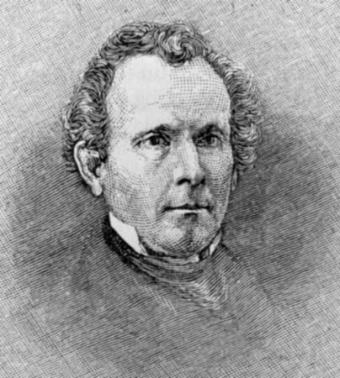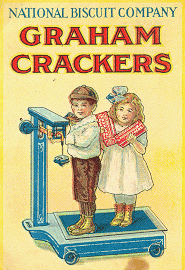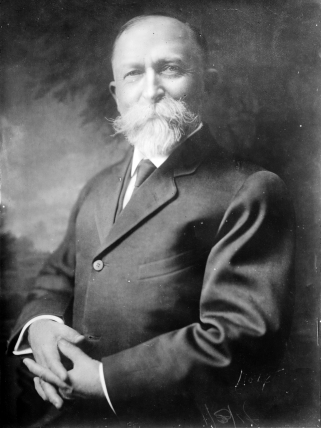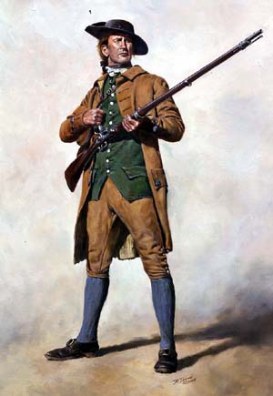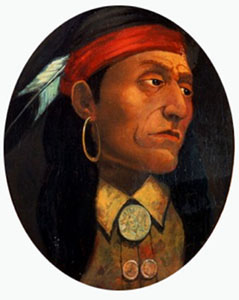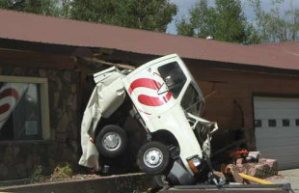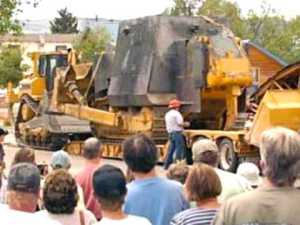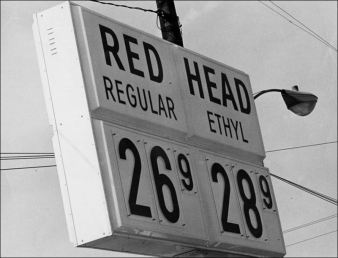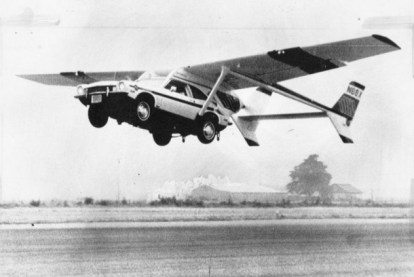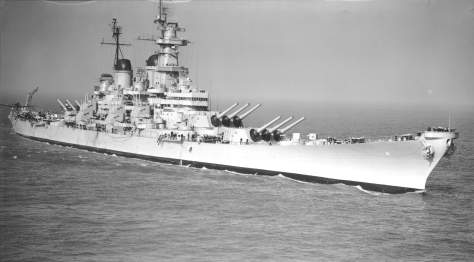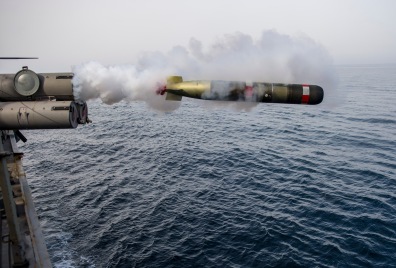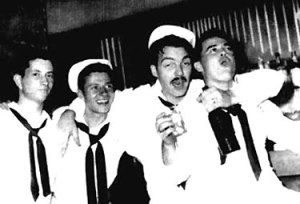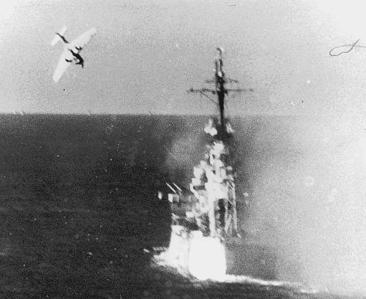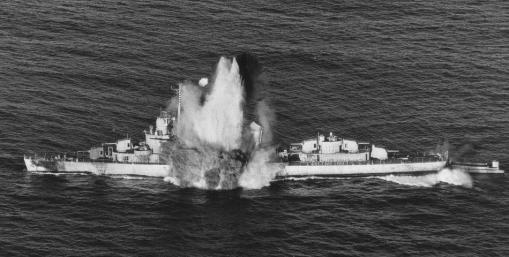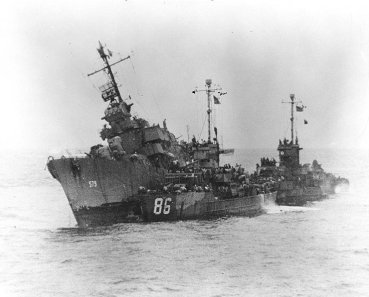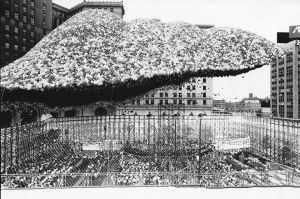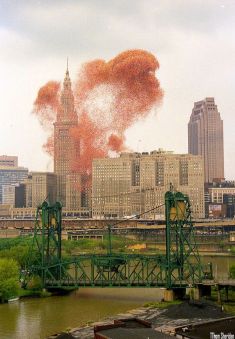Baseball is an American pastime, and the sport has featured countless icons over the century.
Babe Ruth, Jackie Robinson, Mickey Mantle, and Cy Young to name just a few.
But one man goes unacknowledged, despite his outstanding contributions to the game, and I believe that it’s about time he was recognized for them.
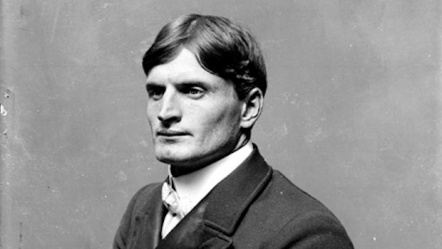
Rube Waddell aka The Rube
Today I’m going to tell you the story of Rube Waddell, aka The Rube.
*Author’s Note: ‘Rube’ wasn’t his actual name (George Edward Waddell), but its what he went by for the rest of his life so I’m sticking with it.*
Now, Rube is my favorite baseball player, not because he is one of the greatest strikeout pitchers in the history of baseball, not because he set almost every pitching record there was at the time, and not because he was one of the most feared pitchers in baseball.
Rube Waddell is my favorite baseball player of all time, because he was an AMAZING idiot.
How stupid was he, you ask?
If Rube had a bright idea, it was beginners luck.
If Rube’s brain was a hamster wheel, the wheel’d be spinning, but the hamster’d be dead.
Rube couldn’t have poured water out of a boot if the instructions had been written on the heel.
He was not a smart man. Good natured and kind, yes, but definitely not a mental giant.
There is little to say about Rube’s youth other than that he was born just outside of Bradford, Pennsylvania in 1876, and that he didn’t receive a formal education, though he was somewhat literate. Self-taught, The Rube learnt how to pitch through his favorite hobby: throwing rocks at birds.
By the age of 18 our eager hero was ready to enter the minor leagues. It was there that The Rube received his name. His teammates were known to affectionately call him ‘Rube’, a term that was often used to refer to hicks and rednecks. It stuck.
Initially, The Rube didn’t understand some of the rules of Baseball, even the simple ones; instead of throwing the ball to the baseman to tag the runner out, Rube would oftentimes throw the ball at the runner to ‘tag’ them out. Despite his shortcomings, Rube was a great ball player.
As he tore his way through the minor leagues, Rube managed to attract the attention of a few colleges. Now, colleges at this time wanted the great baseball players to play for them, and would frequently make offers for them to join their teams. They offered him free tuition and board, $1 a game, and free tobacco. And so, Rube, a man who had received no formal education whatsoever, went to college.
Typical college games at this time ran for about 7 innings. On average, Rube would have around 15 strikeouts per game, which is INSANE! His 15 strikeouts means that only 6 opposing players per game were doing something other than striking out. More than once, he called for all of his other teammates to leave the field, and he would pitch with no defense behind him, LIKE A BADASS. And after most of his 3-strikeout innings, The Rube would celebrate by cartwheeling or somersaulting off of the field into the dugout.
As a result of his growing reputation, Rube soon signed with Louisville in 1886 for $500. The Rube’s time with the team however, was short lived. Club manager Fred Clarke fined Rube for excessive drinking. The Rube, outraged, then quit the team after having been with them for only two days.
Rube then packed his bags and made his way to Detroit where he played there for 9 days before, again, his time with the team was cut short. He was, again, fined for $50 for playing in a sandlot game with some local kids on his day off. And again, Rube quit the team.
There are no records of The Rubes whereabouts after he quit the team. All we know is that several months after quitting he was spotted WRESTLING ALLIGATORS IN A TRAVELLING CIRCUS! Oh, how I wish we knew what he did during those months!
(Sigh)
Anyways, Rube later reappeared in the 1899 season with the Grand Rapids team, quickly becoming a fan favorite, partly because he won them 27 games, and partly because he was hysterical. He was known to arrive just before game time in his street clothes, stroll through the grandstands (through all the fans), grab and drink some of their beers along the way whilst also snatching and eating several hotdogs, even going so far as to start fights with fans. Also, he would usually change into his uniform as he walked to the pitchers mound. A startling feat considering he didn’t wear underwear.
Sadly however, Rube’s weakness was discovered. He was easily distracted.
Opposing fans would hold up puppies at which point he would then run towards them from the mound. Shiny objects also enchanted him, enough so that they could put him into trances.
Rube would sometimes leave to go fishing, in the middle of the game, but the most well known fact about Rube Waddell is that if a firetruck went by the stadium, he would chase it. Everytime. No matter what was happening.
*Authors Note: Fire stations at this time weren’t public. You had to pay them a fee to come and put out the fire. So if your house was on fire, and you hadn’t paid the fee, they’d show up and watch it burn down, all the while making sure it didn’t spread to the houses of those who had paid up.*
Soooooo, many people would pay off the fire department to drive by the stadium during the game knowing The Rube would take chase.
Despite that, The new Louisville owner and manager, Barney Dreyfuss, got word of Rube’s success and traded for him. Now Rube was playing in a big city in front of very big crowds on an exceptional team (one of the original eight teams in Major League Baseball, in fact).
He led the league in 1900 with a 2.37 ERA (Earned Run Average) better than contemporary Cy Young’s 3.00 ERA.
Many of his losses come from his high rate of errors, likely due to his pre-game ritual of drinking at local taverns where he would drink himself silly.
Rube was later suspended that year, because he liked to pack pistols, and had threatened to fill his manager “full of holes”. Rube then found himself playing for the Milwaukee A’s.
He began to excel.
In one of his most famous feats, after pitching a 17 inning game, Rube turned around and pitched the second game of a double header, completely shutting out the opposing team. DID YOU READ THAT CORRECTLY!!!
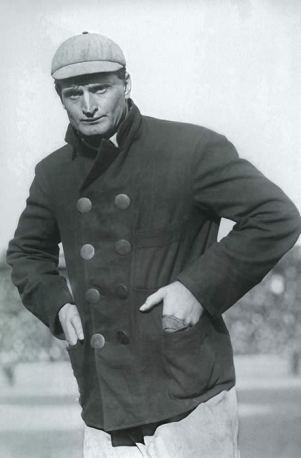
Waddell. Rube Waddell.
Modern players typically throw for 7 or so innings, 9 if they’re in a roll, but generally if someone throws 125 pitches they’ve thrown way to much. Rube threw TRIPLE that amount AND shut the other team out. He pretty much threw for 2 games, and then went on to demolish the next team in the 3rd.
Now you may be asking yourselves, “Why did he choose to play what were essentially three games back-to-back-to-back?” He did it for an all-expense-paid, 3 day fishing trip the manager offered him before the game. He earned it.
The Pittsburgh Pirates then forced him to return to their team, claiming that he was still under contract with them. After two days back at the Pirates, the manager (the same one who Rube had threatened to fill with holes) ordered him fired.
Rube then spent most of the 1901 season with the Chicago Orphans (a spectacularly horrible team name), but was suspended for erratic behavior, i.e., chasing fire trucks.
Rube then signed on with a Los Angeles team for the 1902 league, refusing to leave the west coast. Two Pinkerton guards, working for the Philadelphia Athletics kidnapped him and took him back to the East coast, to play for them. Connie Mack, the team manager, and the only person who was said to be able to control Rube, ordered The Rube under house arrest, banning him from wrestling alligators during the off-season, which he was still doing apparently. Instead of part-timing for the circus, Rube began to play Rugby for a Pennsylvania team, getting all of his excess energy out and keeping him in shape.
He then went on to lead the league in pitching for the next 5 years.
Rube began the year of 1903 sleeping in a firehouse in New Jersey, he ended up tending bar in a saloon in Wheeling, West Virginia. During that year he won 22 games for the Philadelphia Athletics, married and then separated from May Wynne Skinner, saved a woman from drowning, accidentally shot a friend in the hand, and… AND WAS BITTEN BY A LION. A year. That was one year in the life of Rube Waddell.
Philadelphia loved him. He became a local hero.
Rube and Cy Young went head-to-head in a 20 inning match where neither pitcher gave up a run. Rube took home the game ball and traded it at a local Philadelphia tavern for free booze.
He saved the life of teammate, Danny Hoffman, after he was hit in the head by a baseball.
Rube decided that the best way to prevent a fire at a busy department store was by picking up a highly flammable oil stove (basically a bomb) and carrying it away from the building.
While on a duck hunting trip he saved two men from drowning. It is supposed that throughout his life, Rube may have saved around 13 lives.
Rube was a goddamn Hero.
The Rube became incredibly popular. So popular in fact that he soon took a turn at acting, starring in a vaudeville play, that received much critical acclaim. He improvised all of his lines, because he couldn’t remember them all, and was widely praised for his ability to throw the ‘villain’ twice as far as the other lead actor.
In 1904 Rube set the all-time strikeout record of 349, which stood for 61 years. That same year, he was arrested on bigamy charges, because he forgot to divorce his last wife (not May).
Sadly, we now come to the part of the story where I tell you of the downfall of The Rube.
Rube injured his hand after getting in a fight for making fun of a teammate’s straw hat. Rumors were also spread that he had lost a few games because he was being paid off by gamblers. The fans turned against him (classic Philadelphia), and he was traded in 1908 to the St. Louis Browns. Rube then went on to set a single-game strikeout record of 16 against the team that had just traded him.
Rube began to drink more and more. In a game against New York he drunkenly passed out on the mound after giving up a homerun.
In 1912, a nearby dam in San Antonio broke. Rube, now playing for the local team, volunteered to stack sandbags to block the water. Standing chest deep in freezing cold water for 13 hours, Rube helped to control the rushing water. He contracted pneumonia, and never fully recovered. The rest of his career is riddled with injuries, and alcoholic stupors.
Rube grew ill, and was soon sent to the San Antonio tuberculosis sanitarium, where he died on April 1st, 1914. He was 38 years old. He was at first buried in an unmarked grave in San Antonio, but his former teammates banded together to purchase him a headstone. The epitaph on it reads:
“Rube Waddell had only one priority, to have a good time.”
They should have gone with “Party Animal”.
Rube Waddell, to this day, still holds the American League single-season strikeout record for a left-handed pitcher. He lead the league in strikeouts 7 times, won the pennant in 1905 with a record of 27-10, and had 50 shutouts in his career.
He died not knowing how many women he had married in his life.
Resources/Citations:
http://www.baseball-reference.com/players/w/wadderu01.shtml
http://baseballhall.org/hof/waddell-rube
http://rubewaddell.net/
http://rsparlourtricks.blogspot.com/2005/10/rube-waddell.html

